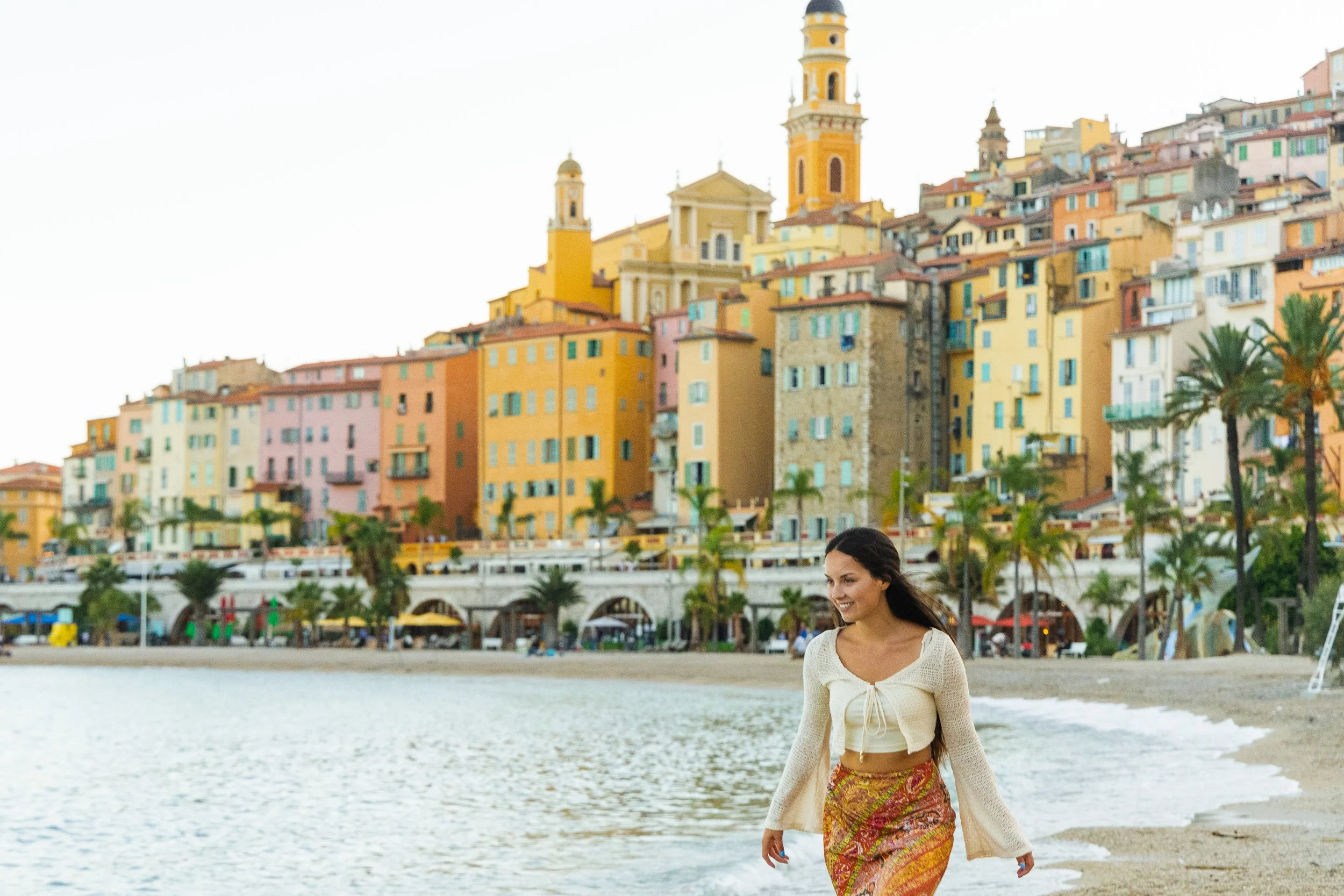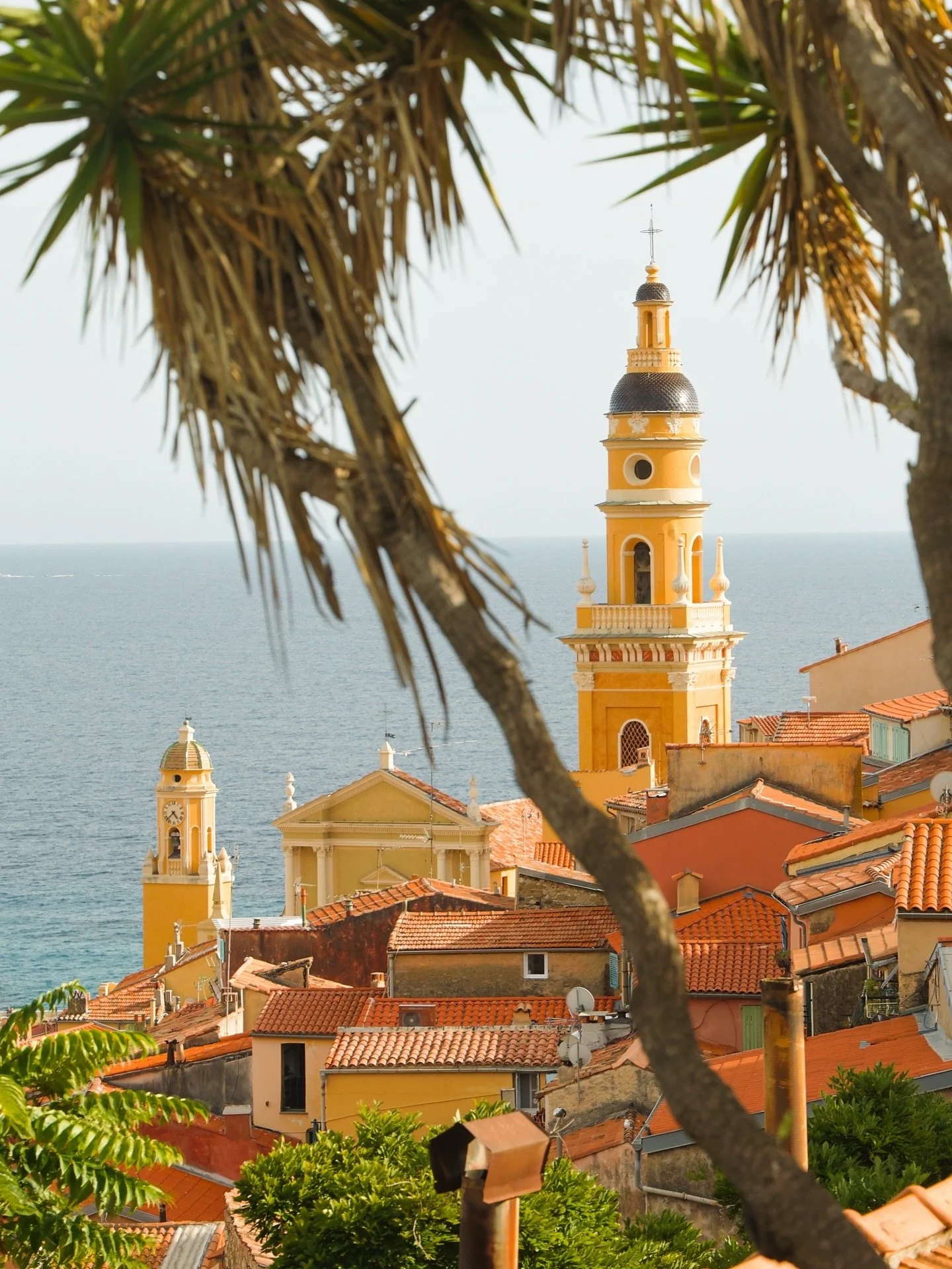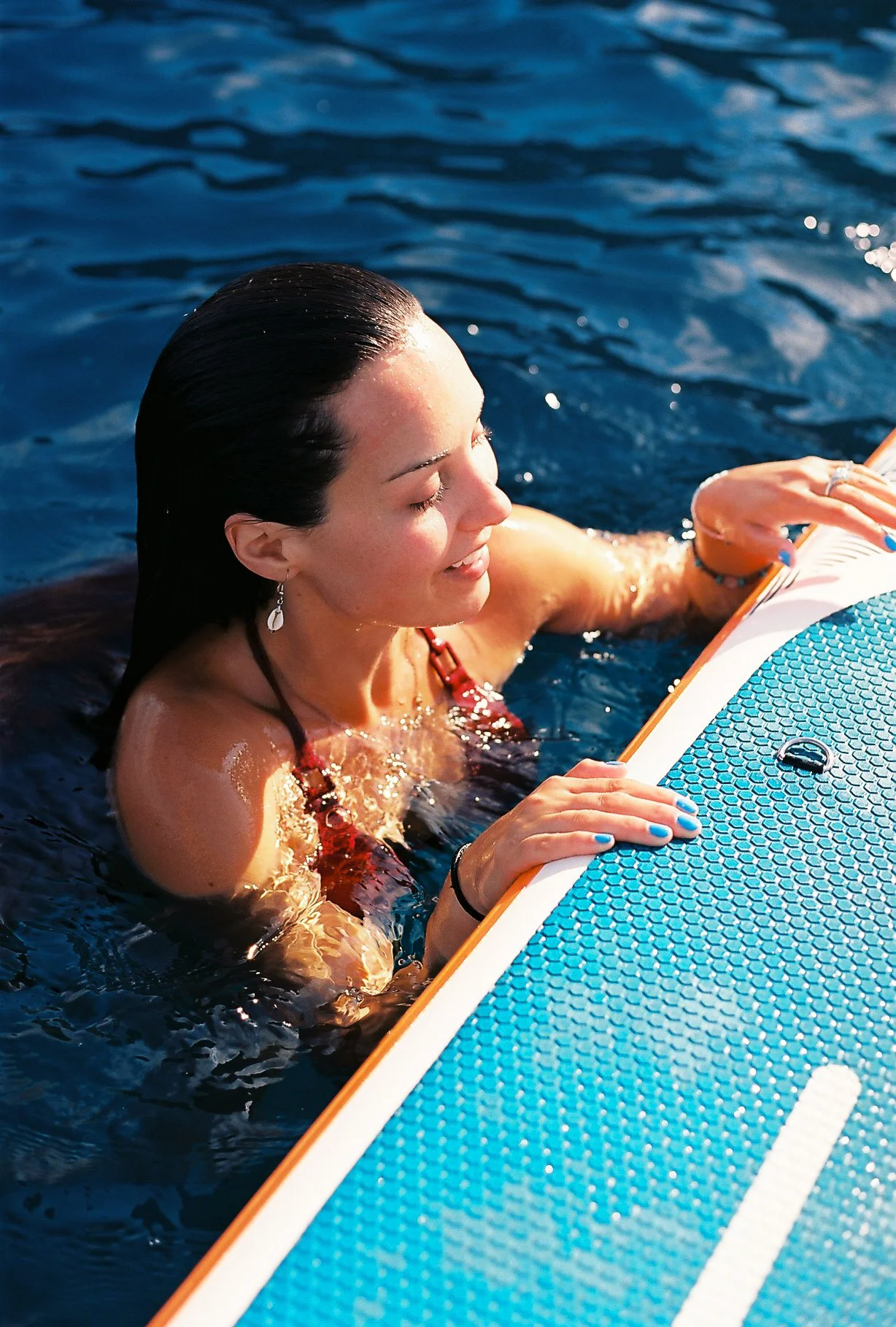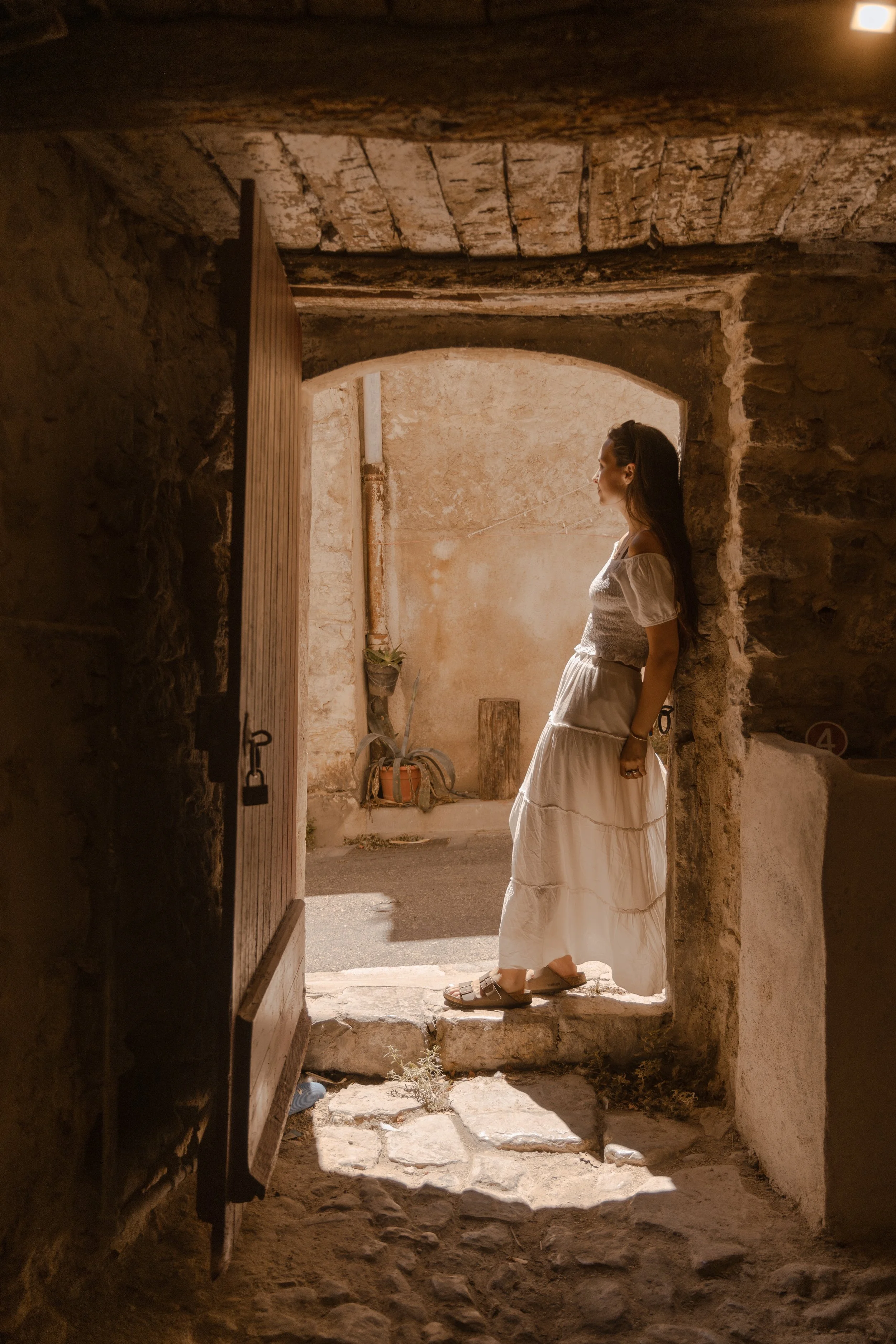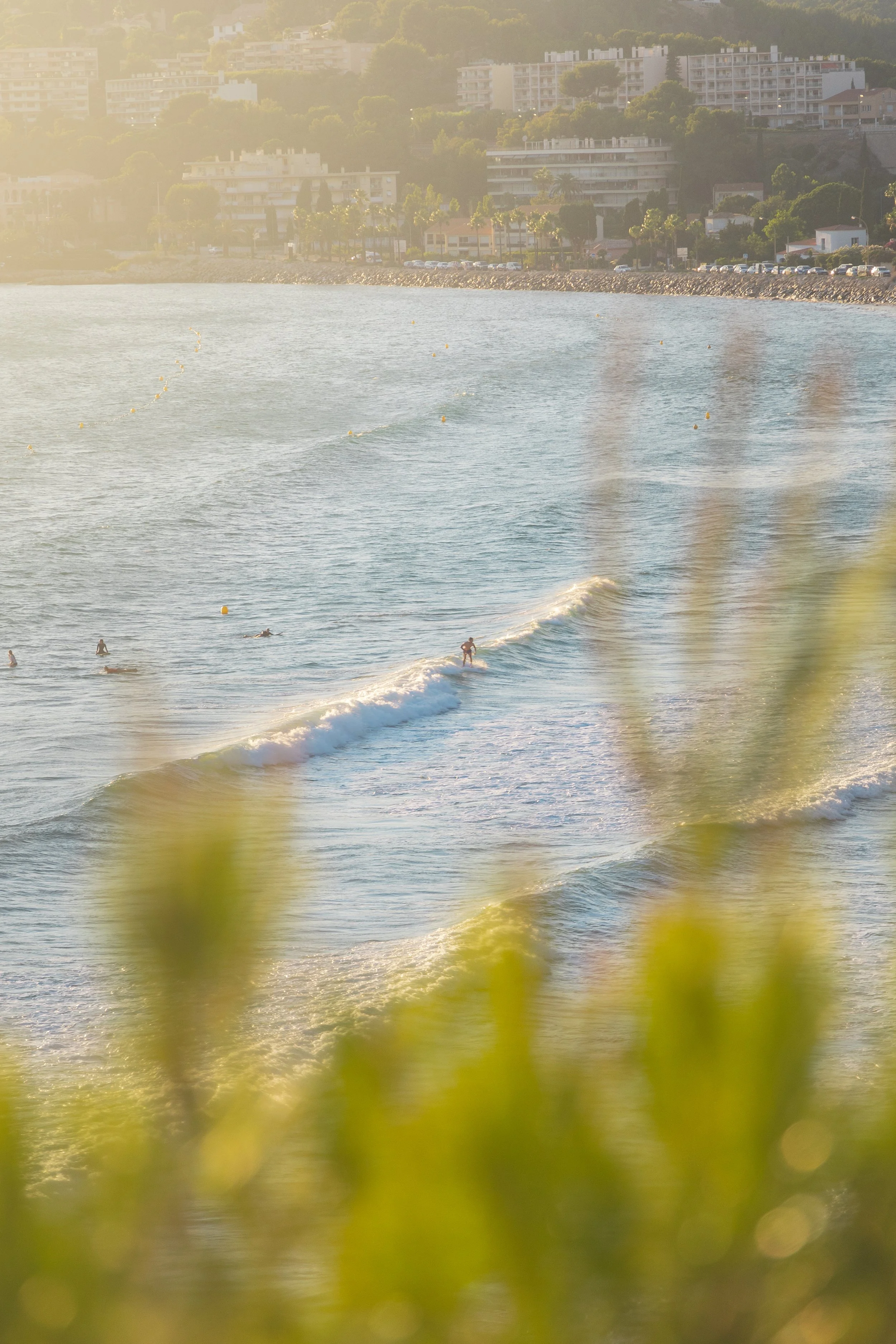A Detailed Photography Guide to the South of France
Menton, France
The South of France feels like a film still every frame drenched in warmth, salt, and sun. Between the pastel facades of Menton, the turquoise inlets of Cassis, and the golden haze that hangs over the hills at sunset, it’s a place that almost shoots itself. Yet, to truly capture it to translate the feeling into an image takes timing, light, and patience.
This guide is for photographers who want more than postcard shots. It’s for those who want to chase light across cliffs, vineyards, and seasides to watch how the colors shift from morning blue to burnt gold, and to find moments that feel both cinematic and quiet.
Menton, France
Digital Canon r6 mark ii
What to Know Before Shooting
Best season: Late May through September offers long light and warm tones, though June and early July are the most balanced between crowds and clarity.
Light: Golden hour here lasts longer than you’d expect soft and diffused, with the air often hazy from sea salt or heat. The sunsets cast a honey hue over cliffs and water.
Camera gear:
Mirrorless or DSLR with good dynamic range I used a Canon R6 Mark ii
Analog camera I used a Canon rebel 2000
24–70mm and 70–200mm lenses (you’ll use both more than you think)
Circular polarizer for midday reflections
ND filter for long exposures by the sea
Lightweight tripod for cliffside or dusk shots
Drone (if you have a permit — restrictions apply in Calanques National Park)
Editing note: The light here leans warm. Preserve that tone resist cooling the shadows too much. Let the photos breathe in that hazy southern sun.
Menton, France
The Calanques of Cassis
There’s no light like the Calanques. These limestone fjords carved between Cassis and Marseille feel otherworldly.
The turquoise water contrasts sharply with the pale rock walls, while pine trees spill over the cliffs like they’ve been there forever.
Best time: Morning to early afternoon, when sunlight hits the water directly.
Best access: Park at Port Miou or hike down from the Cassis trailhead. It’s steep but worth every step.
Photo tip: Bring a zoom lens the most cinematic shots happen from above, through the branches, with swimmers framed against the green-blue water.
Cassis, Calanques
Calanque d’En-Vau Beach
This beach, tucked deep in the cliffs, is one of the most photographed in southern France and with reason. The contrast between the bright umbrellas, pale limestone, and emerald water creates a painter’s palette of tones.
Best time: Arrive before 9 AM to beat the crowd or after 6 PM when the cliffs cast a natural shade.
Photo tip: Shoot from the upper trail for a bird’s-eye perspective; the human scale gives life to the massive cliffs.
Bonus: Use the shadows on the water as compositional guides they add texture and balance.
Calanque, Cassis
The Vineyards of Provence
Just inland from Cassis and Bandol, the countryside opens into endless vineyards. This is Provence’s quieter side — the fields stretch toward the horizon with only the sound of cicadas breaking the stillness.
Best time: Early evening, when the low sun hits the vines and the colors glow gold and green.
Photo tip: Use a longer lens to compress layers of vines, trees, and hills. The golden haze gives a cinematic softness — perfect for a filmic color grade.
Vinyards Lou Capelan
Menton: The Pearl of France
Menton might be the most photogenic coastal town in Europe its stack of pastel houses rising over the water feels almost unreal.
It’s known as “La Perle de la France” (the Pearl of France), sitting right on the Italian border.
Best time: Sunrise, when the town glows warm and the beach is nearly empty.
Photo tip: Get low near the shoreline to use the reflections of the buildings in the wet sand.
Lens: 35mm for context, 50mm for cinematic portraits.
Menton
Digital Canon R6 mark ii
Cassis Coast & Cap Canaille Lookout
This is where the sea meets the sky in layers of blue and gold. Cap Canaille the highest sea cliff in France offers an unbeatable view of Cassis below. From the top, the coastline bends and disappears into haze.
Best time: Sunset. The cliffs face west, catching every last ray.
Access: Drive up Route des Crêtes from Cassis; there are several lookouts along the way.
Photo tip: Bring a lightweight tripod and ND filter for smooth water effects.
Safety note: Stay back from cliff edges — the rocks can be loose.
Cliffs of Calanques
Analog Ektar 100
Paddleboarding in the Calanques
The Calanques aren’t just for hiking they’re best seen from the water. Paddleboarding between the limestone cliffs offers angles you can’t get from land: reflections, ripples, and pure blue beneath you.
If you aren’t keen to paddle boarding you can pay for a boat excursion to take you.
You can also hike. From the parking lot at the trailhead which only takes cash ( Ten Euro) it took us a full day to hike up, enjoy ourself and hike back. I would say this is a strenuous hike for most.
Best time: Morning. The water is calmest and clearest, and you’ll often have entire stretches to yourself.
Photo tip: Use a polarizing filter to cut glare and enhance the blue. Shoot overhead to emphasize the texture of the sea.
Mood: Meditative and close the kind of image that feels like breathing.
Analog Ektar 100
Analog Ektar 100
Small Medieval Villages Ollioules
We discovered Ollioules , a small suburb of Toulon. Pastel colored alleyways weaving through the village offers lots of scenes to capture. I enjoyed using film here because the city felt like it needed to tell its story through grain. I used my Canon r6 Mark ii for lowlight situations but mostly film.
Ollioules
Analog Ektar 100
Ollioules
Digital Canon R6 mark ii
Bandol Surfers
Sunsets are magical from the viewpoint from the parking lot in Bandol. Surfing is popular here. This coastline has “wind made swells” meaning only the wind causes the waves. you can capture surfers, paddle boarding or simply just the landscape.
Best time to shoot: Sunrise or Sunset
Bandol
Analog Ektar 100
Bandol
Digital Canon R6 mark ii
Whether | Best time to visit
The best time to visit the South of France for photography is from late April through early October, when the weather is warm, the skies are clear, and the light is golden almost every day. Spring brings wildflowers and softer tones, while June and September offer long days without the heavy summer crowds. July and August are sun drenched but hot temperatures can climb above 30°C (86°F), and the midday light turns harsh, making early mornings and late evenings ideal for shooting. Autumn arrives gently, with cooler air, empty streets, and warm hues that linger in the stone. Even in winter, the coast stays mild, kissed by sun and sea breeze, making it a year-round muse for photographers chasing that Mediterranean glow.
